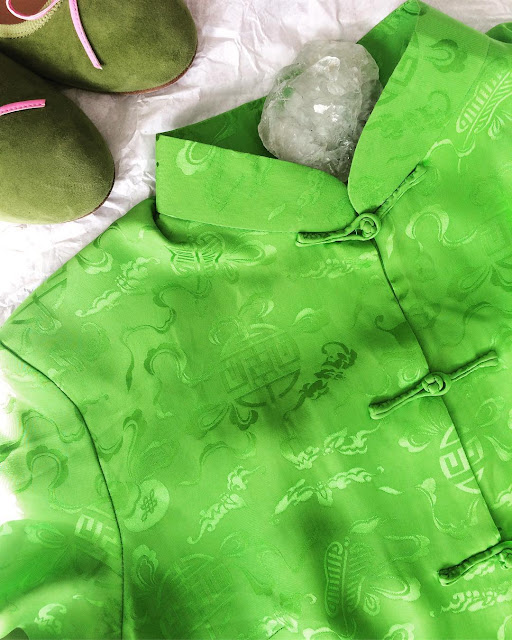Only a few weeks ago a girl from Salt Lake City, UT, suffered harassment on social media for making a simple fashion choice. She decided to wear a traditional Chinese dress known as cheongsam or qipao, to her high school prom. The trouble started when a young Chinese man, Jeremy Lam, saw the girl's picture on Twitter.
You would have thought that the whole Great Wall of China fell down in an instant! The girl was accused of cultural appropriation and a serious abuse of sacred tradition. More than forty thousand people got involved in the "discussion" on Twitter. The matter was taken up online by the USA Today, The New York Times, Cosmopolitan, The Guardian, Washington Post, and many others.
This would have been a silly, meaningless pseudo-intellectual exchange, but unfortunately, the Chinese dress outrage is a symptom of a very disturbing trend. Something is boiling in the melting pot of America and it does not smell nice.
Is the world turning upside down? I studied Chinese culture for many years and traveled to China, Hong Kong, and Singapore on monthly bases for almost three decades. Among other things, I accumulated a small collection of Chinese silk blouses that I proudly wore on many occasions. They became unique additions to my wardrobe and attracted many gazes. My very first Chinese style blouse was designed by Donna Karan. It was sold under her DKNY brand. I bought it at Marshal Fields in Chicago many years ago. In Hong Kong I had a small ritual every time I went there. On the first day, the luxury Shanghai Tang store with its Chinese 1920s flair was my first destination after a hearty dim sum breakfast at the Luk Yu Tea House. In 1997 the store opened a branch in New York City, but unfortunately, it did not make it there.
When China began to open up to the West in late 1980s, interior designers and a few fashion designers adopted the Chinese aesthetic idiom and translated it into incredibly beautiful creations. No one was screaming or accusing anybody of cultural appropriation. In fact, the Chinese were rather proud that so many Westerners appreciated their culture. Westerners learned to love Chinese literature and cinema. Zhang Yimou, Chen Kaige, and Wang Kar Wai, to name only a few, became household names among cinephiles.
Things changed so much. Quite recently, many American learning institutions turned into places of insanity. Political correctness, social justice, Marxist overtones, obsession with gender, and infantile lack of tolerance dominate the discourse now. Those who militantly demand tolerance for themselves, deny the freedom of speech to those whose opinions differ from their own. Totalitarian tendencies in the academia are not only annoying, they are dangerous. Once cradles of freedom and free speech, universities are becoming places of hatred and virulent intolerance. No one even considers that tolerance works both ways.
There must be something truly wrong with me because it bothers me that the appreciation of a culture is now viciously considered to be cultural appropriation. If this trend continues, good luck to all the gift store owners in every China Town across America. They may soon be saying goodbye their American Dream.
By Dominique Teng
